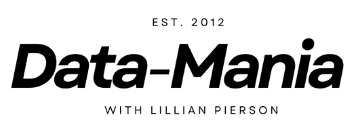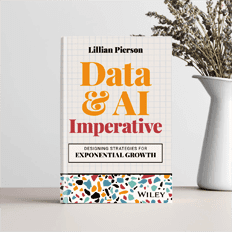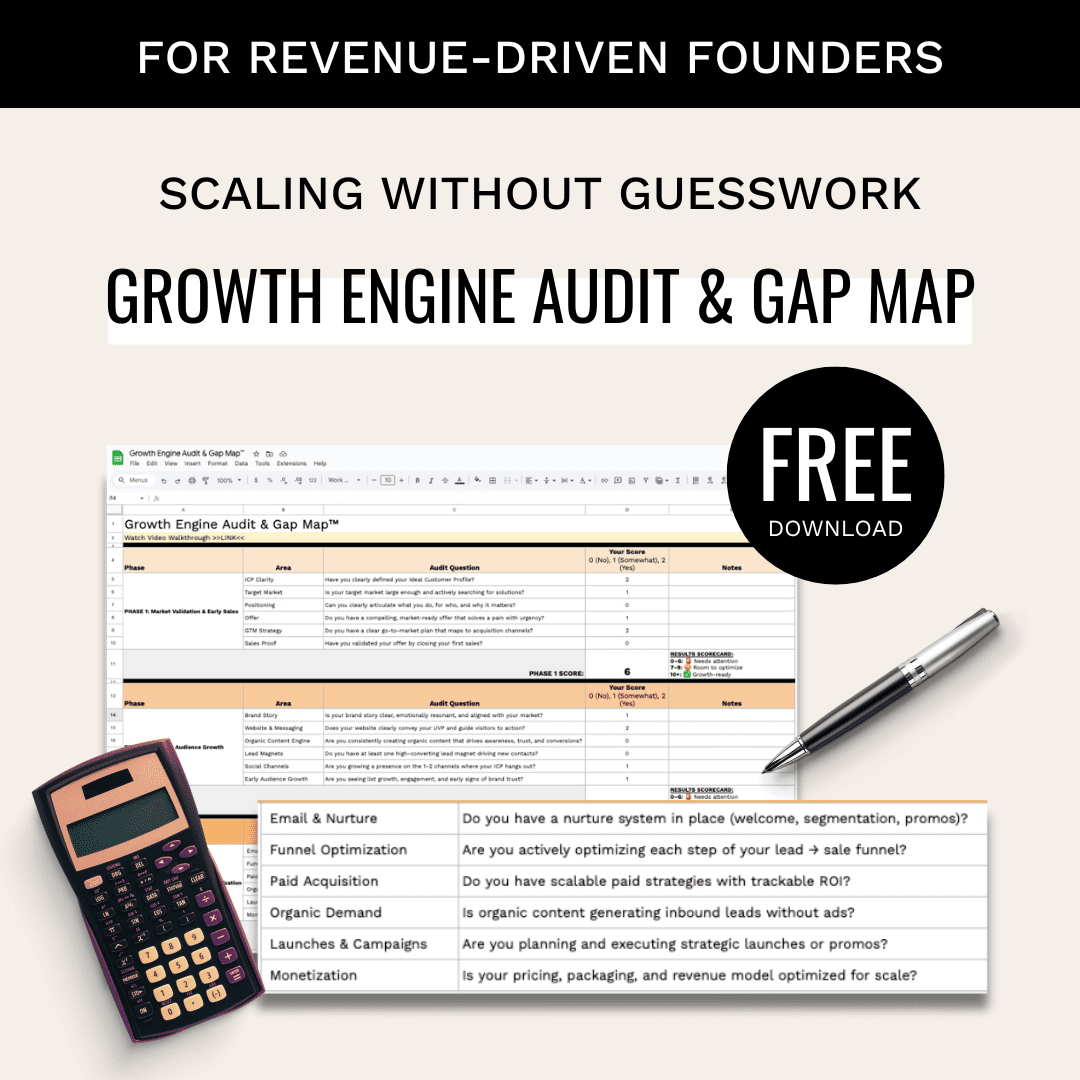PLG CRMs focus on real-time product usage data to improve sales and customer engagement, unlike static, traditional CRMs. These systems help companies identify Product-Qualified Leads (PQLs), automate workflows, and reduce churn. Here’s what you need to know:
Key Benefits of PLG CRMs:
- Faster Sales Cycles: Automates lead qualification based on user behavior.
- Better Customer Insights: Tracks feature adoption and engagement in real-time.
- Higher Efficiency: Cuts lead response time by up to 60%.
- Improved Retention: Companies like Slack report 143% net dollar retention using PLG strategies.
Top Platforms:
- HubSpot: Integrates product usage data with marketing automation.
- Usermotion: Combines product, financial, and support data for deeper insights.
- Breadcrumbs: Uses machine learning for predictive lead scoring.
Quick Comparison:
| Platform | Strengths | Limitations |
|---|---|---|
| HubSpot | Marketing & sales alignment, 450+ integrations | Limited native product analytics |
| Usermotion | Real-time PQL scoring, automated workflows | Lacks advanced custom dashboards |
| Breadcrumbs | Predictive scoring with AI, quick setup | Requires regular model recalibration |
PLG CRMs are ideal for SaaS businesses aiming to grow through product-led strategies. Choose the platform that aligns with your company size, data needs, and goals.
Product-Led Growth (PLG) CRM: Everything you need to know
How Product Analytics Works in PLG CRM
Product analytics in PLG CRM systems operates through three main components, each designed to enhance efficiency and customer insights:
| Component | Function | Impact |
|---|---|---|
| Usage Tracking | Tracks feature adoption and engagement metrics | Helps identify high-value customers and usage patterns |
| Lead Qualification | Automates identification of Product-Qualified Leads (PQLs) based on behavior | Cuts sales response time by up to 60% |
| Customer Segmentation | Groups users based on product interaction patterns | Supports targeted engagement and personalized strategies |
Key Metrics and Their Applications
PLG CRMs focus on metrics that highlight customer value and growth potential. For instance, activation rates and the time-to-first meaningful outcome are closely monitored [2][4].
Visual usage analytics play a crucial role in identifying where users spend their time within the product. These insights help teams pinpoint underused features, identify upsell opportunities, and detect churn risks based on usage trends [6].
Integration Architecture
To deliver these insights, a strong technical foundation is essential. Here’s how it works:
-
Track Product Usage Patterns
These systems continuously log user interactions, building detailed timelines of feature usage and engagement levels [3]. -
Generate Predictive Insights
Advanced platforms use machine learning to analyze patterns and predict user behavior [5]. -
Automate Response Actions
Based on predefined triggers, PLG CRMs can initiate automated responses, like sending alerts or creating tasks for sales teams [1][6].
Data Unification Challenges
One common challenge with product analytics in PLG CRMs is managing data silos between product usage databases and CRM platforms. Middleware tools like Census.io help bridge this gap, ensuring data consistency and seamless metric integration [5][6].
Aligning metric definitions across marketing, sales, and product teams is critical. Without this alignment, the efficiency gains from PLG CRM adoption can be diminished [6].
"Tiered alert systems for churn risk scores optimize PLG CRM analytics" [5].
1. HubSpot Features

HubSpot, a leader in marketing automation, has tailored its CRM to support product-led growth (PLG) by focusing on three key analytics-driven areas:
Product Usage Integration
HubSpot integrates with platforms like Pendo to merge product analytics with CRM data. This gives teams a clearer view of user activity alongside traditional customer information, emphasizing insights based on how customers interact with the product.
| Feature Type | Function | Outcome |
|---|---|---|
| Event Tracking | Tracks specific user actions via custom APIs | Highlights activation patterns |
| Behavioral Scoring | Combines usage data with firmographic models | Speeds up sales cycles by 35% [5] |
| Usage Analytics | Monitors feature adoption in real-time | Supports proactive engagement |
Automated PLG Workflows
HubSpot extends PLG principles by enabling automated workflows tied to product usage. These workflows include:
- Event-Based Triggers: Automatically respond when users hit milestones, like completing onboarding [3].
- Usage Pattern Detection: Spot dormant users or highly active accounts.
- Task Assignment: Automatically notify teams about product-qualified leads (PQLs) [5].
Custom Scoring Models
HubSpot allows teams to design scoring models where product usage typically accounts for 60%, compared to 40% for firmographic data [6][7]. Custom properties can track key metrics like Time-to-Value and activation rates [2].
"The PLG Score property automatically updates when users complete key in-app events, enabling real-time lead qualification" [5][7].
Integration Limitations
Despite its strengths, HubSpot has some limitations for PLG. For example, setting up behavioral scoring models requires manual configuration [5].
These features show how established CRMs can adapt to support product-led strategies by embedding analytics directly into their workflows.
2. Usermotion Features

Usermotion sets itself apart from platforms like HubSpot by integrating product analytics directly into three main data streams:
- Product usage patterns
- Financial metrics
- Support interactions
Integrated Analytics for Better Insights
Usermotion combines data from product usage, financial records, and support interactions into a single analytics platform. This setup allows for automatic tracking of key activation milestones, with native connectors cutting implementation time by 60-80%.
| Data Type | Metrics Tracked | Business Impact |
|---|---|---|
| Product Signals | Feature adoption, Usage frequency | 45% faster sales cycles [3] |
| Financial Data | Trial status, Billing history | 31% reduction in churn [5] |
| Support Data | Ticket frequency, Resolution time | 22% higher conversion rates [1] |
This approach matches the key strength of PLG CRMs: turning user behavior into revenue opportunities.
Real-Time PQL Scoring
Usermotion updates PQL (Product-Qualified Lead) scores in real time, focusing on users who complete onboarding, engage with core features weekly, or visit pricing pages [2][4].
Automated Engagement Workflows
The platform automates engagement by triggering actions based on behavior. For example, it can send automatic alerts or responses when account activity drops by more than 30% in weekly usage [1][5].
Privacy and Compliance Features
Usermotion includes built-in tools for GDPR and CCPA compliance, such as automatic PII masking, role-based access controls, and EU data residency options [5].
Though Usermotion offers a robust set of tools, it does have some drawbacks. It lacks a built-in A/B testing framework and provides fewer options for custom dashboards compared to enterprise-level CRMs [1][7].
sbb-itb-e8c8399
3. Breadcrumbs Features

Breadcrumbs stands out by using machine learning to make predictions, focusing on integrating product data with CRM systems in a smarter way.
Advanced Data Integration
Breadcrumbs connects directly to platforms like Pendo for product analytics and HubSpot for CRM, creating a seamless flow of data between systems [5].
| Integration Type | Key Capabilities |
|---|---|
| Product Analytics | Tracks usage patterns and engagement metrics |
| CRM Data | Manages contact details and deal stages |
| Behavioral Signals | Monitors actions like pricing page visits and tutorial completions |
Machine Learning-Powered Scoring
Breadcrumbs uses machine learning models to evaluate product engagement signals – such as feature adoption and activation milestones – alongside firmographic data. These models adjust weights automatically based on conversion outcomes. Unlike HubSpot’s manual scoring, Breadcrumbs relies on adaptive algorithms to refine its scoring process.
Automated Workflow Management
The platform uses threshold-based triggers (e.g., PQL scores over 75) to launch personalized email campaigns via connected CRMs. It also activates churn prevention measures when usage patterns decline [3][5].
Performance Analytics Dashboard
Breadcrumbs offers detailed reporting tools that focus on:
- Predicting churn risks
- Tracking feature adoption trends
Implementation Framework
Most teams can get Breadcrumbs up and running in just 2-3 weeks by following a simple process [5]:
- Setting up API connections
- Building models without coding
- Automating workflows based on thresholds
This approach aligns with PLG strategies, enabling quick, data-driven iterations.
To keep the system effective, it’s recommended to recalibrate the machine learning models quarterly to account for changes in product offerings [2][5].
Platform Strengths and Limitations
Looking at the platforms side by side highlights their unique advantages and areas where they fall short.
| Capability Area | HubSpot | Usermotion | Breadcrumbs |
|---|---|---|---|
| Product Analytics Integration | Basic event tracking through third-party tools like Segment [7] | Automated interaction tracking across features, support, and billing [1] | AI-driven engagement tracking with predictive insights [5] |
| Sales Workflow Alignment | Prioritizes leads based on activities | Identifies product-qualified leads (PQLs) in real time | Uses predictive scoring models |
| Analytics Implementation | Requires manual setup | Offers real-time behavioral segmentation | Adjusts scoring models automatically |
| Customization Options | Relies heavily on third-party integrations [7] | Pre-built PLG dashboards with limited flexibility [1] | Allows custom score weighting but lacks visual builders [5] |
Key Strengths
HubSpot stands out for its ability to align marketing and sales efforts, offering a well-rounded CRM system. It’s a great choice for teams focused on traditional sales processes, with basic product usage tracking included [7]. Its user-friendly interface makes it accessible even for non-technical users.
Usermotion shines with its automated health scoring and ability to track user behavior in real time [1]. This platform is well-suited for organizations that prioritize product-led strategies and need deep insights into product data.
Breadcrumbs sets itself apart with its advanced machine learning features and seamless data integration [5]. Its predictive scoring models are particularly helpful for sales teams that rely on data to make informed decisions.
Notable Limitations
The technical constraints of these platforms can slow down product-led growth (PLG) strategies, which is a key consideration when selecting a system.
| Platform | Technical Limitations | Operational Gaps |
|---|---|---|
| HubSpot | Complex integrations [7] | Limited depth in native product analytics |
| Usermotion | Struggles with scaling large data volumes | Lacks flexibility in creating custom metrics |
| Breadcrumbs | Faces issues with scoring model drift [5] | Complicated multi-account scoring setups |
PLG Execution Challenges
Maintaining data pipelines is a shared challenge across all platforms [6]. Each requires consistent data engineering support, and their limitations in real-time adoption tracking and AI-based recommendations can hinder scalability. These issues become especially critical for enterprises, where advanced analytics are a driving factor – powering 72% of successful PLG implementations [4].
Which PLG CRM to Choose
Choosing the right PLG CRM depends on your company’s stage, industry needs, and technical capabilities. The decision largely revolves around how much product usage data should influence your sales processes.
For Early-Stage Startups and SMBs
If you’re a startup or small business looking for an affordable solution to quickly identify Product-Qualified Leads (PQLs), Breadcrumbs is a strong contender. Its predictive scoring models help reduce customer churn by 22% through early intervention alerts [5].
For Mid-Market Companies
For mid-sized businesses with a focus on fast growth, Usermotion is a standout option. Companies using it report sales cycles that are 35% faster, thanks to automated PQL routing [1]. Its pre-built dashboards for product engagement simplify tracking and analysis:
| Company Size | Features | Ideal Use Cases |
|---|---|---|
| 500-5k monthly active users (MAU) | Tracks 80+ product events automatically | Freemium SaaS tools |
| White-label analytics | Popular with 68% of consulting firms | Client-facing reporting |
| Automated expansion detection | Integrates directly with analytics tools | Usage-based pricing models |
For Enterprise Organizations
For large enterprises shifting from sales-led to product-led strategies, HubSpot offers an extensive ecosystem with over 450 app integrations [7]. It’s well-suited for complex tech stacks and wide-ranging business needs. However, 42% of users report challenges with dashboard clutter, so careful planning is essential [7].
Industry-Specific Considerations
Different industries have unique requirements, and each platform offers tailored features:
- Healthcare: Breadcrumbs provides HIPAA-compliant scorecards that analyze product engagement while ensuring regulatory compliance.
- Cybersecurity: Breadcrumbs uses an 11-factor risk model to address industry-specific needs [5].
- E-commerce: HubSpot’s hybrid CRM capabilities make it a good fit for this sector [7].
Cost-Benefit Analysis
Here’s a breakdown of costs and ROI considerations for each platform:
| Platform | Starting Price | Ideal User Volume | Key ROI Driver |
|---|---|---|---|
| HubSpot | $1,200/month | 5k+ MAU | Integration of multiple tools |
| Usermotion | $599/month | 500-5k MAU | Efficiency in usage-based pricing |
| Breadcrumbs | $899/month | 1k-10k MAU | Accuracy in predictive scoring |
CRM strategies can lead to an 18-27% boost in Annual Revenue Per User (ARPU) [1][5][7].
Technical Integration Factors
The complexity of implementation varies by platform. Usermotion automates 73% of field mappings and connects directly to tools like Mixpanel and Amplitude [1]. On the other hand, HubSpot requires SQL expertise for configuring events [7]. If flexibility is your priority, Breadcrumbs supports custom integrations using Pendo and Heap connectors [5].
FAQs
Here’s a breakdown of key insights from our analysis of HubSpot, Usermotion, and Breadcrumbs:
What is a PLG CRM?
A PLG CRM is a system designed to automate growth by leveraging product usage data. Instead of relying on manual inputs, it identifies Product-Qualified Leads (PQLs) in real time.
How do PLG CRMs change sales processes?
These systems shift the focus from traditional Marketing-Qualified Leads (MQLs) to PQLs. By analyzing product usage patterns and engagement metrics, they highlight the most promising customer opportunities [2][4].
What metrics should I track in a PLG CRM?
Key metrics to monitor include:
- Activation: How often users adopt core features.
- Engagement: Frequency of use and session behaviors.
- Risk Indicators: Signs like declining usage or increased support requests.
What integrations should a PLG CRM support?
Look for integrations with tools like Mixpanel (used by Breadcrumbs and Usermotion) for product analytics [1][5]. Marketing automation tools are also crucial for running targeted campaigns [4].
How should I evaluate PLG CRM options?
When choosing a platform, focus on:
- Integration Capabilities: Ensure it connects seamlessly with your existing tools.
- Scoring Flexibility: Look for customizable PQL criteria tailored to your product’s key metrics.
- Automation Features: Check for triggers that align with your product’s growth strategies [3].
What kind of ROI can I expect?
PLG CRMs deliver strong results. Companies using them report 9.5x higher net dollar retention compared to traditional methods [4].
Related Blog Posts
- Product-Led Growth vs Sales-Led Growth: Which Fits Your SaaS?
- 5 Ways AI Can Optimize Marketing ROI for your Tech Startup
- Collaborative Lead Scoring for B2B Teams
- How Data Improves ABM Segmentation ROI





